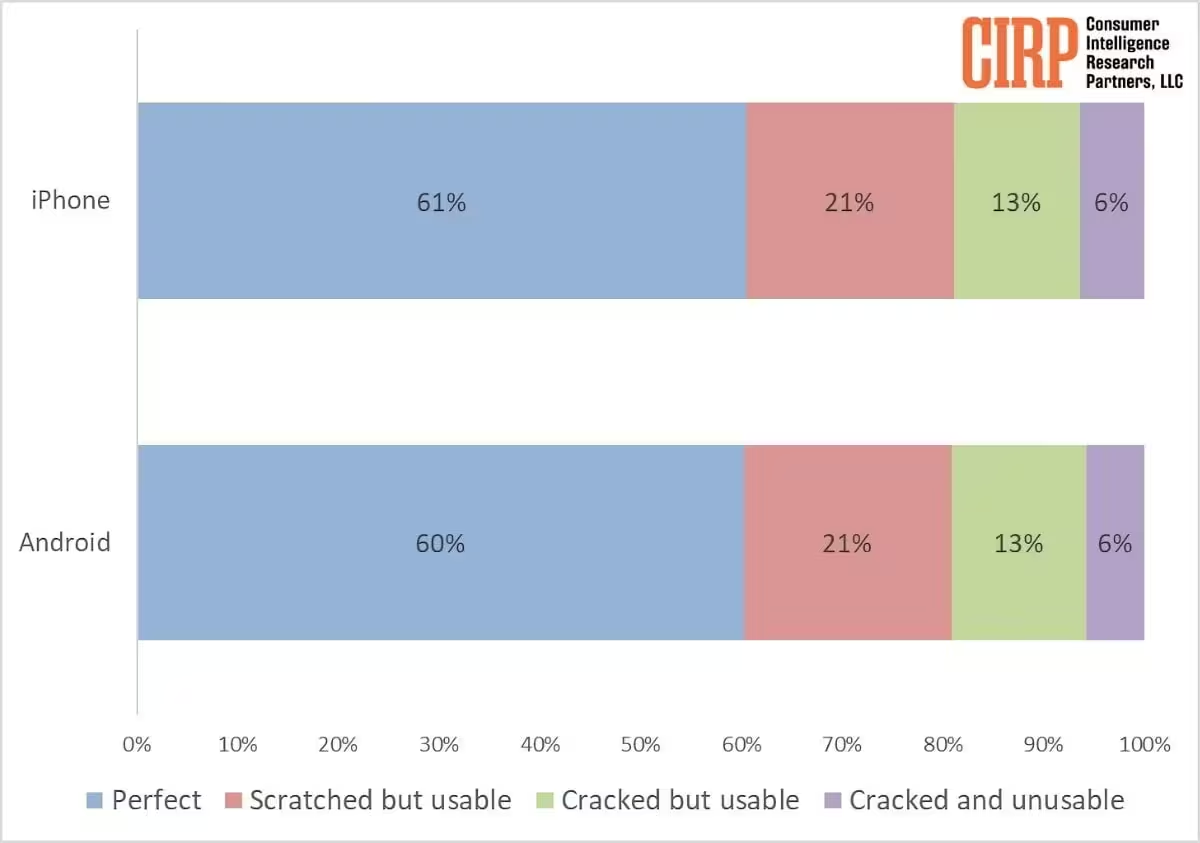4 Minutes
Apple’s Commitment to Device Durability: Opening the Doors
Apple has increasingly invited media, researchers, and select influencers inside its state-of-the-art product testing facilities, underscoring its dedication to producing durable, reliable devices like the iPhone, iPad, and AirPods. Amid the rise of content creators focused on destructive device tests for entertainment, Apple aims to educate consumers by offering an inside look at how its hardware balances sleek design, robustness, and repairability.
Behind the Scenes: Rigorous Testing for Real-World Resilience
For every iPhone, iPad, or accessory that hits the market, Apple simulates extreme scenarios in specialized labs. As part of recent tours—attended by figures from Counterpoint Research and prominent YouTubers—guests observed a range of grueling tests designed to mimic years of everyday use and abuse. Devices are dropped from multiple angles onto surfaces like granite, asphalt, and particle boards by precision robots. Additionally, they are exposed to high-intensity light, 100-hour salt exposure trials, and clouds of fine dust sourced from the Arizona desert to scrutinize ingress protection for ports and speakers.
In the case of AirPods, engineers even use synthetic sweat and earwax to ensure components remain dependable under varied conditions. These efforts highlight Apple’s focus on true-to-life product use, not just ideal lab conditions.
The Balance of Durability and Design
While Apple could theoretically engineer products with unrivaled toughness, key trade-offs around weight, material costs, and user experience are always at play. The Cupertino company, much like its competitors, must find the sweet spot between ruggedness, optimal form factor, and affordable production. Despite these challenges, Apple’s testing scale is unmatched, with at least 10,000 iPhones undergoing rigorous trials before any new model is released.

Comparative Analysis: How Apple Stacks Up
Consumer Intelligence Research Partners’ 2023 study shows that about 60% of iPhone and Android users reported flawless device operation over time, with only 6% experiencing irreparable damage. Notably, iPhones tend to retain about 40% more value than Android devices in the refurbished smartphone market. This advantage is further enhanced by Apple’s promise of five years or more of software and security updates, allowing retired devices to embark on a trustworthy "second life" with new users.
Counterpoint Research’s findings confirm not just the resilience of iPhones, but also Apple’s wider portfolio—from iPads to smart accessories—which routinely demonstrate strong endurance and long-term usability. This is reflected in Apple’s dominant 56% share of the global refurbished smartphone market.
Durability vs. Repairability: The Delicate Trade-Off
One illuminating insight from Counterpoint is that high durability and easy repairability can sometimes be at odds. Devices built for maximum toughness may be harder to disassemble and repair, whereas designing for easy fixes may at times reduce overall ruggedness. Apple navigates these conflicting priorities using relentless research and investment in both areas.
Market Impact and Ongoing Innovation
Apple operates more than 200 testing facilities worldwide, continually refining its procedures to stay ahead of market demands. Drop damage remains a leading cause of smartphone repairs, so Apple’s improvements not only help users avoid expensive service visits but also make devices more appealing for resale or trade-in. For end-users, pairing an iPhone or iPad with a well-designed case that features a protective lip can significantly reduce the risk of front and back glass damage.
Use Cases and Real-World Value
Apple’s intensified focus on durability directly benefits customers who wish to pass along their devices, minimize environmental waste, or maximize the value of their tech investments. Professional and enterprise environments, in particular, benefit from hardware that withstands both the rigors of daily productivity and accidental mishaps.
Conclusion: Setting New Standards in Consumer Electronics
With unmatched investment in simulated stress tests, environmentally relevant trials, and expert-driven quality reviews, Apple continues to set the gold standard for product durability in the consumer electronics sector. For tech enthusiasts and industry watchers alike, this behind-the-scenes access reveals not just marketing claims—but real, measurable efforts to extend product life, boost resale value, and refine the interplay between durability and repairability across the entire Apple ecosystem.
Source: appleinsider



Comments